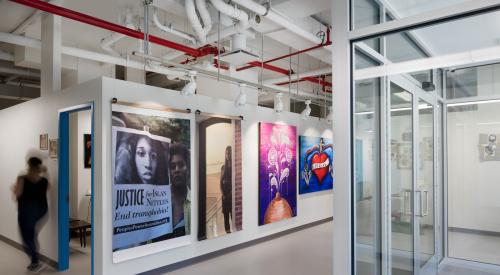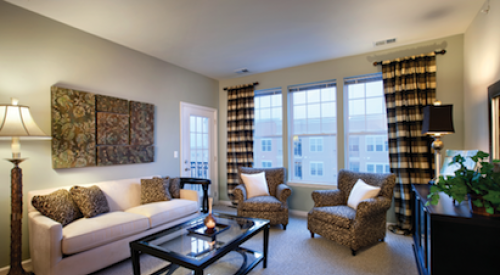Before even thinking about interior touches such as a smart toilet or a trendy kitchen island, great design starts at the home’s core. By building to a passive house standard, both residential and commercial builders can develop a quality home and pass savings along to the buyers and renters. In some passive apartment developments in New York, utility bills in the boiling summer heat were slashed to $10 a month, compared to the up to $100 utility bills found in non-passive buildings in the city. And even beyond month-to-month savings, passive homes can help keep the air quality of a home up to par, which is especially important in cities that are plagued with pollution.
When Sendero Verde, a 100-percent affordable apartment development in East Harlem in New York City, opens its doors in 2022, it’ll live up to its name, which means Green Path in Spanish. Within the city block where the new series of high-rise towers will stand, residents of the 361 apartments will be able to stroll through new landscaping and public spaces. A charter school will be on-site and a short walk away.
The development will also exemplify a green path in a more symbolic sense: Sendero Verde will be the largest passive house apartment building in the nation, exemplifying environmentally sound construction practices.
Building designed and constructed to the passive house standard have a number of sustainability goals in mind—including a tightly sealed exterior, sustainable energy use, and improved air quality—making them both efficient and extremely cheap and sustainable to heat and cool. And this style, once reserved for expensive single-family homes, is becoming increasingly popular for new multi-family projects.












